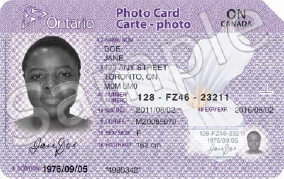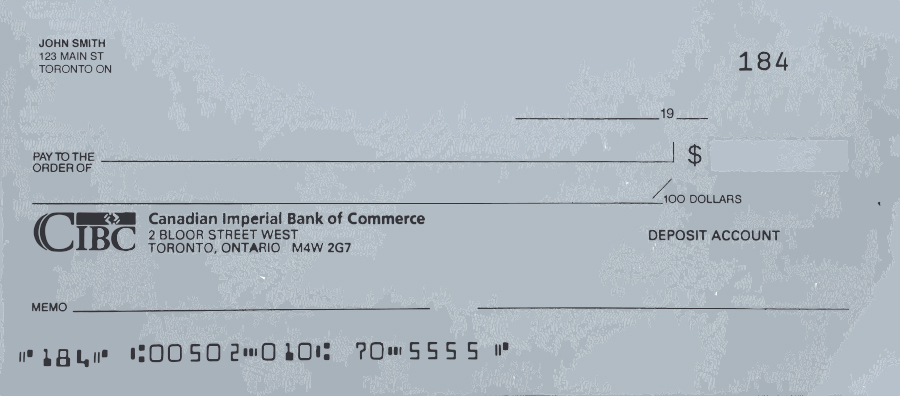By Lauren Lowry, Hanen SLP and clinical writer
The following article is taken with permission from The Hanen Centre from www.hanen.org. The Hanen Centre is a Canadian not-for-profit charitable organization committed to helping parents become the best and most important language teachers for their child. Hanen gives parents the tools to build their child’s language skills during everyday activities and conversations. Visit www.hanen.org for more information.
If you Google “18 month old not talking”, you will find thousands of posts by concerned parents seeking advice about their late-talking toddler. Many of these parents, whose child seems to be developing normally in every other way, say that they are told not to worry, that someone in the family “didn’t talk until they were 3” or that “boys talk late”. Other parents say that their doctor has told them to wait until their child is at least two before seeking help. Often, parents’ gut instinct is to seek help, but others tell them to “wait and see”. After all, wasn’t Einstein late to talk? This can be a very confusing situation for parents who want to do the best for their child.
The “wait-and-see” approach to children who talk late is a result of misconceptions about typical language development. “All children develop at their own pace” is another common phrase parents come across when looking for an explanation for a child’s delayed development. While children do develop at their own pace to some extent, we know that there are certain milestones which should be reached by a specific age. When they are not reached, this becomes cause for concern. While some children seem to catch up on their own, others do not.
Let’s look at what the research tells us about the children we call Late Talkers. Note that in this case, we are not talking about children with physical or developmental delays such as Cerebral Palsy, Down Syndrome or Autism, those with childhood apraxia (difficulty coordinating the muscles used to produce speech) or children with a specific difficulty with understanding and producing language, known as “language delay or disorder.”
Who is a “Late Talker”?
A “Late Talker” is a toddler (between 18-30 months) who has good understanding of language, typically developing play skills, motor skills, thinking skills, and social skills, but has a limited spoken vocabulary for his or her age. The difficulty late talking children have is specifically with spoken or expressive language. This group of children can be very puzzling because they have all of the building blocks for spoken language, yet they don’t talk or talk very little.
Researchers have yet to agree upon an explanation for this specific delay. They have determined, though, that Late Talkers are more likely to have a family history of early language delay, to be male, and to have been born at less than 85% of their optimal birth weight or at less than 37 weeks gestation [1]. It has also been determined that approximately 13% of two year olds are late talkers [2].
Important Language Milestones
The following guidelines can help you determine if your child’s vocabulary is appropriate for his or her age. If your child has not yet reached these milestones, he or she should be seen by a speech-language pathologist:
- 18 month olds should use least 20 words, including different types of words, such as nouns (“baby”, “cookie”), verbs (“eat”, “go”), prepositions (“up”, “down”), adjectives (“hot”, “sleepy”), and social words (“hi”, “bye”).
- 24 month olds should use at least 100 words and combine 2 words together. These word combinations should be generated by the child, and not be combinations that are “memorized chunks” of language, such as “thank you”, “bye bye”, “all gone”, or “What’s that?”. Examples of true word combinations would be “doggie gone”, “eat cookie”, or “dirty hands”.
Do Children who are Late Talkers Catch Up on their Own?
Because this group of children is progressing so well in other areas of development, parents and others may assume that they will catch up on their own. Indeed, many late talkers do “grow out of it”, but many do not. It can be difficult to predict which children will not catch up to their peers. However, a list of risk factors has been identified, which suggest that a child is more likely to have continuing language difficulties [4]. These include:
- quiet as an infant; little babbling
- a history of ear infections
- limited number of consonant sounds (eg. p, b, m, t, d, n, y, k, g, etc.)
- does not link pretend ideas and actions together while playing
- does not imitate (copy) words
- uses mostly nouns (names of people, places, things), and few verbs (action words)
- difficulty playing with peers (social skills)
- a family history of communication delay, learning or academic difficulties
- a mild comprehension (understanding) delay for his or her age
- uses few gestures to communicate
If a toddler has a limited vocabulary for his age and any of the above risk factors, we recommend consulting a speech-language pathologist. Children who demonstrate the final three risk factors above (family history, comprehension problems, or few gestures) are at greatest risk for a continuing language delay [1]. Instead of adopting a “let’s wait and see” approach, The Hanen Centre recommends getting help for toddlers who are late to talk as early as possible.
What about the group of late talkers who seem to catch up on their own without intervention? Even though a large percentage of these children appear to catch up to their peers by the time they enter school, studies are showing that this group of children do not perform as well as their peers in certain aspects of language use such as language complexity and grammar [3]. Therefore, The Hanen Centre recommends intervention for all toddlers presenting as Late Talkers, in order to prevent further language difficulties later on.
What Should you do if your Child is a Late Talker?
If you think your child may be a late talker, it’s never too early to seek help. We know that the earlier we start to help children, the better their outcomes.
You can:
- Consult a speech-language pathologist about your concerns.
- Have your child’s hearing evaluated – even if you think your child is hearing just fine, it is important to make sure he is hearing sounds at a variety of volumes and pitches. Even slight hearing impairments can cause difficulties with speech and language development.
- Find a Hanen certified speech-language pathologist who is certified to offer Target Word® – The Hanen Program® for parents of children who are late talkers, which helps parents learn specific techniques to turn everyday activities into opportunities to build their toddler’s vocabulary. Click here to find out more about the Target Word Program.
For a full list of references and works cited, click here.
© Hanen Early Language Program, 2011. Further copying or reproduction of this article in whole or in part, without written permission from The Hanen Centre, is prohibited.


